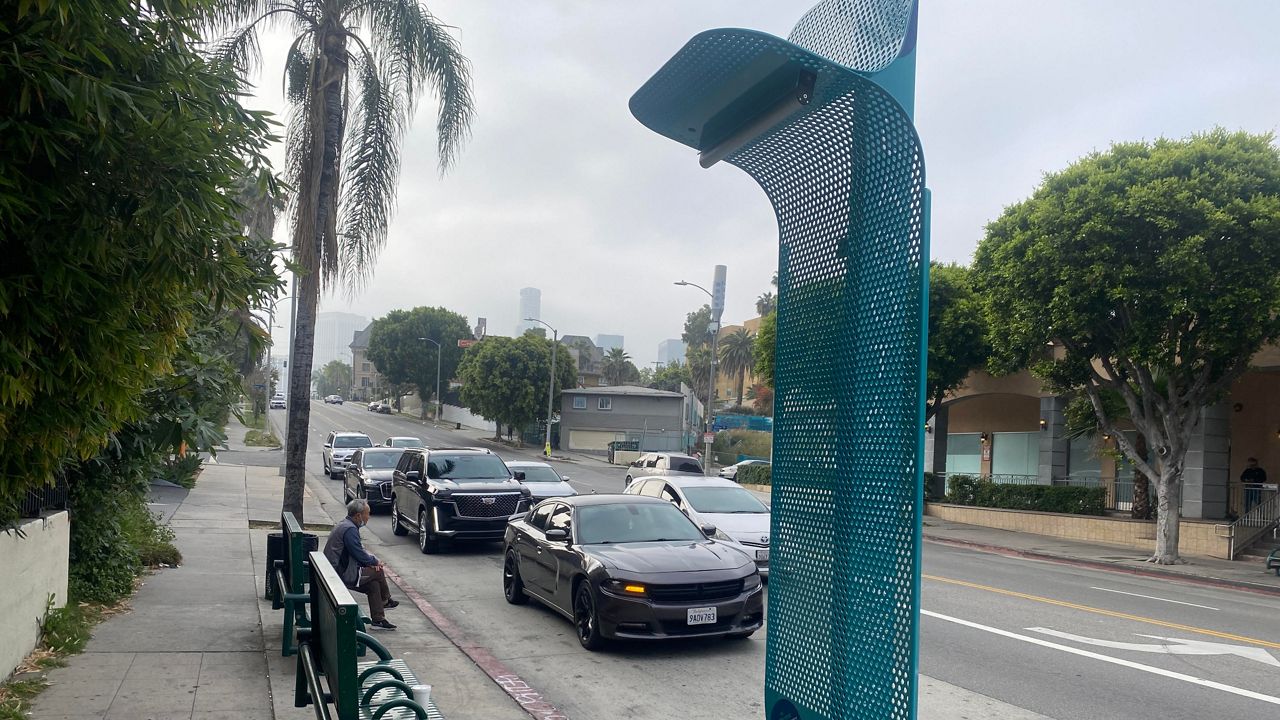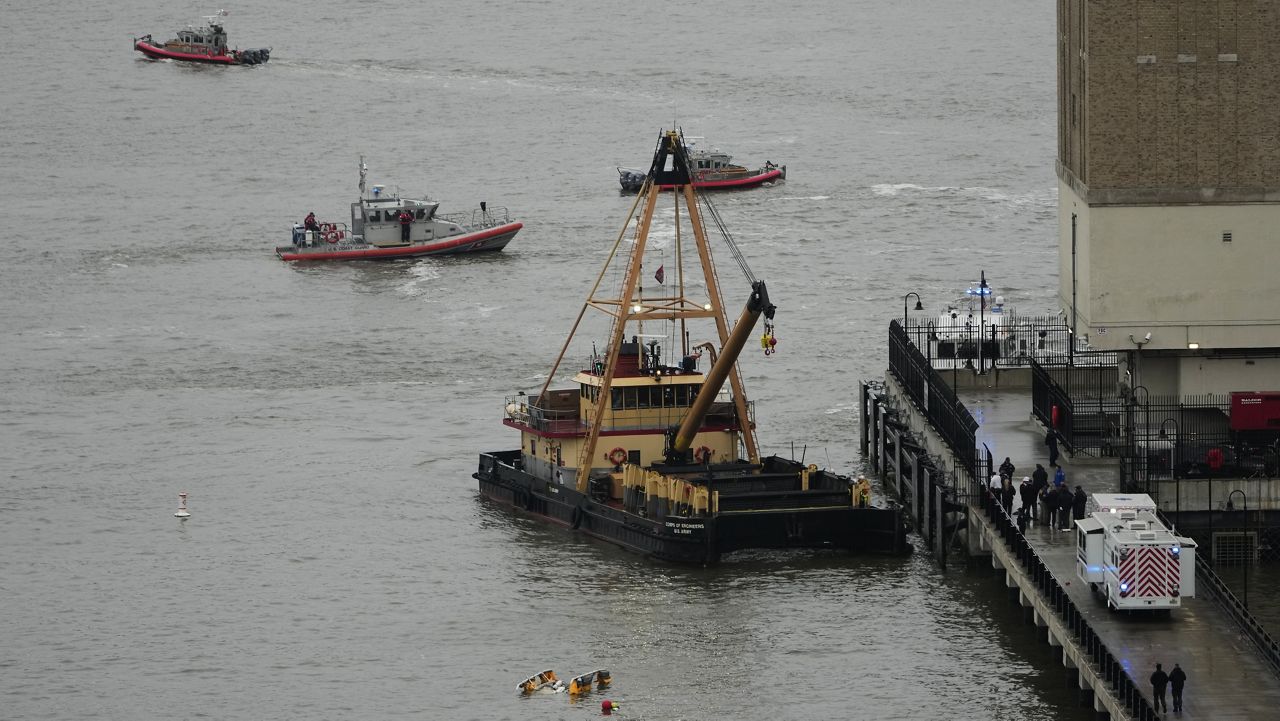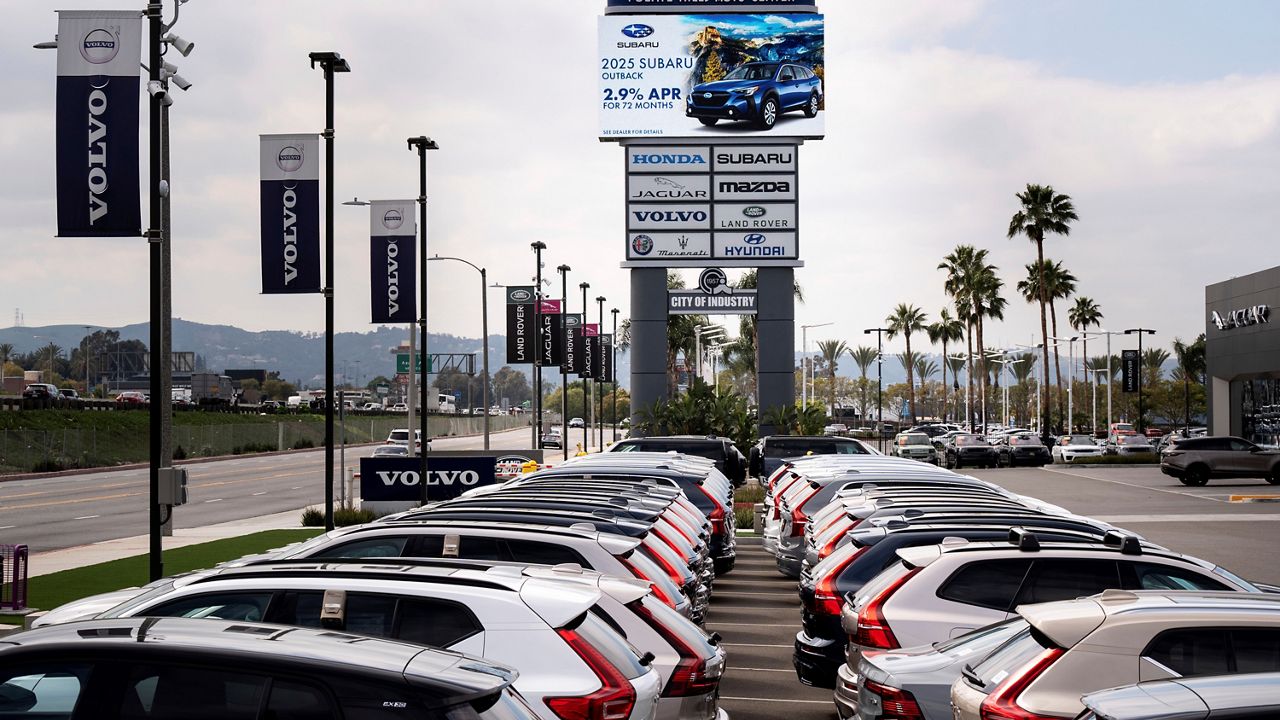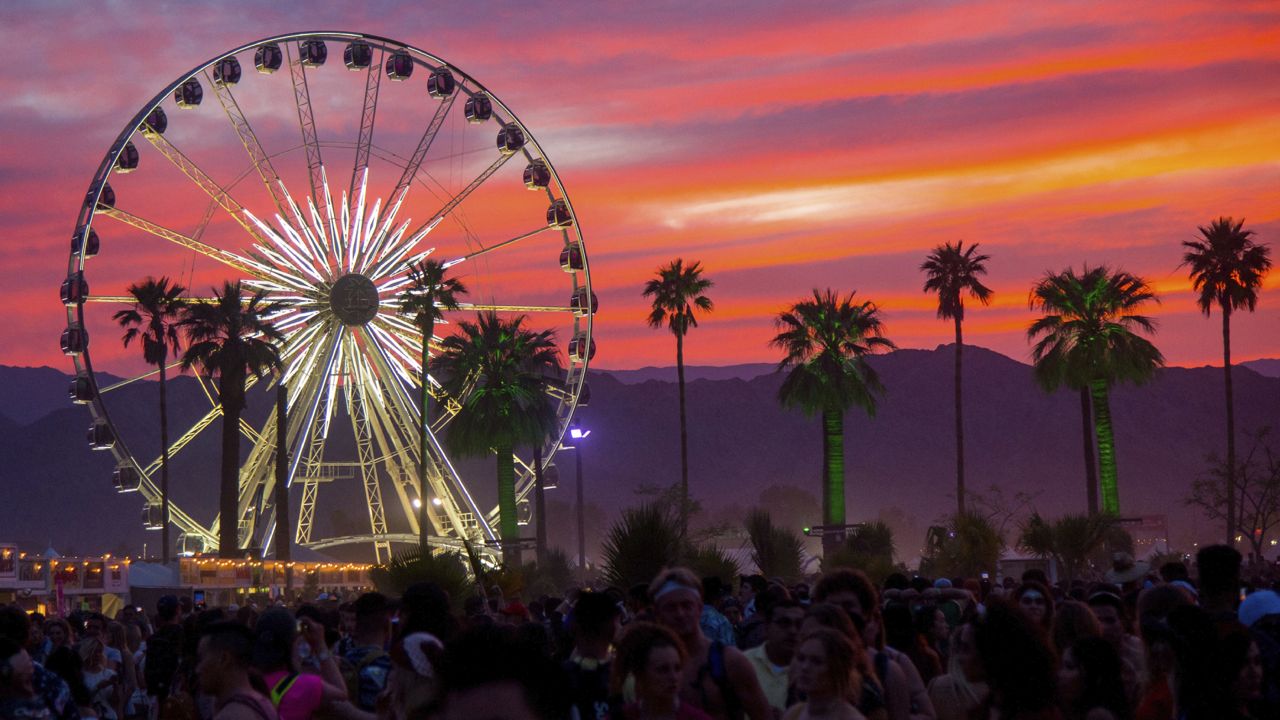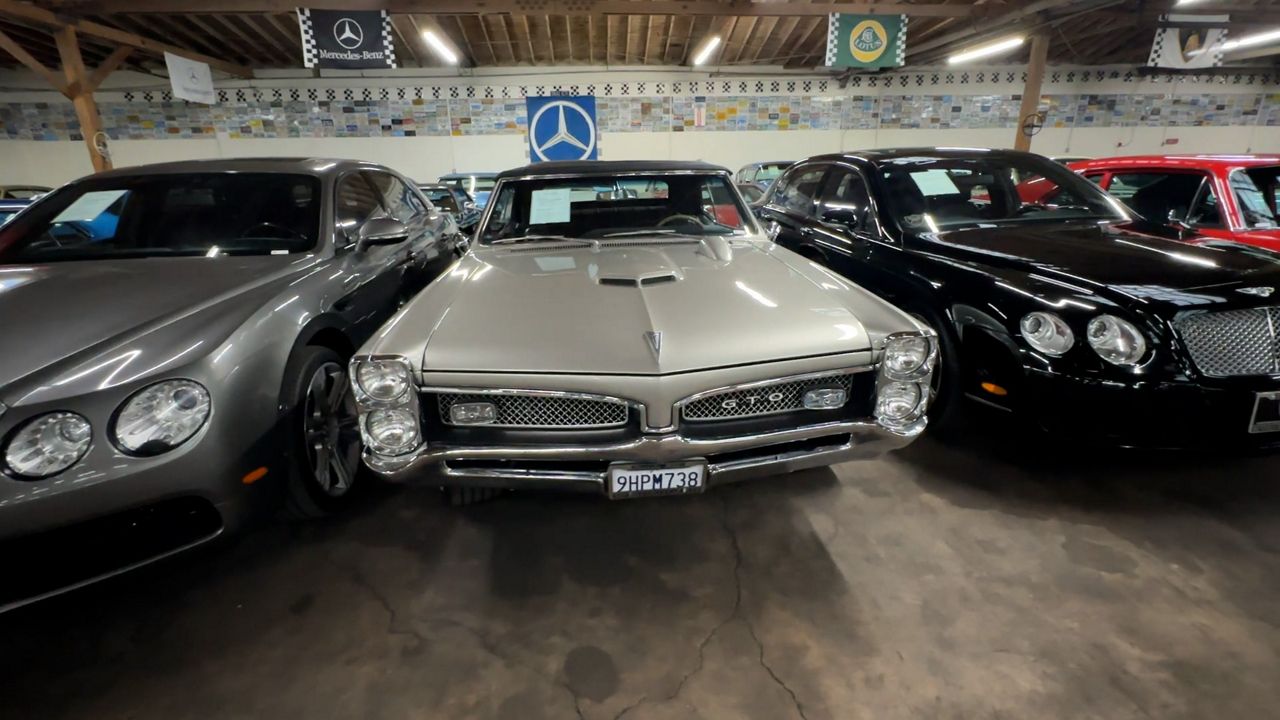LOS ANGELES — A bus stop at the intersection of 3rd Street and Union Avenue is the site of an ambitious new pilot program to bring shade, lighting and safety to female transit riders.
On Thursday, the Los Angeles Department of Transportation unveiled its new La Sombrita, or little shade, in four LA neighborhoods.
Designed by and for female bus riders, the unassuming blue metal structures provide lighting at night and shade during the day, casting a shadow that elongates enough during some times of day to provide shade to nearby bus benches in addition to the person standing directly beneath it.
“At many stops in my neighborhood, there isn’t any area where you feel safe waiting for the bus,” Watts resident, and public transit rider, Kiana Stepney said at La Sombrita’s unveiling Thursday in Westlake. “La Sombrita will make waiting for the bus at night safer and more comfortable during hot days.”
Stepney was one of several female transit riders who provided input to a gender equity analysis LADOT conducted in various neighborhoods to understand what issues they faced that prevented them from accessing transportation.
Watts is one of four LA neighborhoods where the new shaded, lighted and solar-powered La Sombrita bus shelters have been installed. The others are in Westlake, Panorama City and Boyle Heights. Each LA Sombrita has a QR code LADOT is hoping users will activate to take a survey on the new shelters to find out how well they work and how they could be improved as the agency seeks to roll them out to other neighborhoods.
If successful, La Sombritas could be a quicker and more cost-effective alternative to larger, more costly bus shelters. Each La Sombrita costs less than $10,000 compared with $50,000 for a more traditional shelter, according to LADOT.
Because the shelters are attached to pre-existing LADOT signs, they do not require costly new infrastructure or permitting. Because they are small, they also fit on narrow sidewalks that aren’t able to accommodate larger shelters.
"The lack of essential amenities like shade and lighting isn't just a simple inconvenience. For women and gender minorities — half of our population — it can change the trajectory of their lives," said Chelina Odbert, founding principal of the Kounkuey Design Initiative, which developed the structures with input from female transit riders.
Women who do not feel safe might forgo public transportation and the opportunities that come along with being able to travel outside their immediate areas, she said.
A UCLA analysis earlier this year found that only 26% of more than 10,000 bus stops in LA County have shelters. Because most of those stops are in areas of LA with average summer temperatures of more than 97 degrees, the lack of shade makes riders susceptible to extreme heat and its resulting health issues, especially in disadvantaged communities with high rates of public transit use, researchers found.
Black, Latino and older adults experience more deaths because of extreme heat in LA, according to the Los Angeles Urban Cooling Collaborative. Neighborhoods with large Latino populations are typically four degrees hotter than neighborhoods with fewer Latinos, and neighborhoods with more Black residents are also warmer on extreme heat days, the groups said.
The UCLA study found that people of color are more at risk of extreme heat because of how they get around, with public transit riders being particularly susceptible because they walk and need to wait for transportation. In LA, most bus riders are low-income people of color.
“At LADOT, we have made understanding what prevents communities from engaging in public transportation a priority,” LADOT interim general manager Connie Llanos said. “That’s consistent with our vision that our role is to really close those gaps, to provide transportation equally to everybody.”






